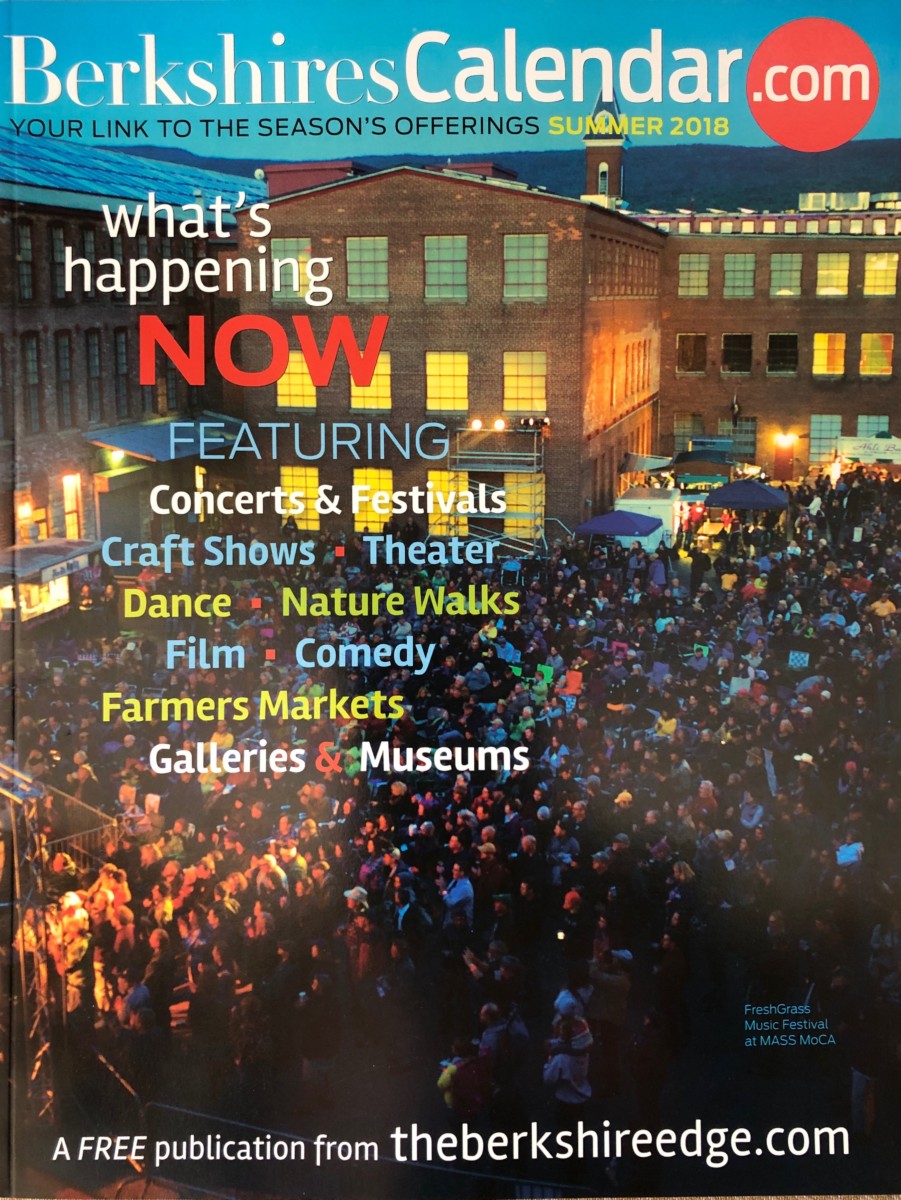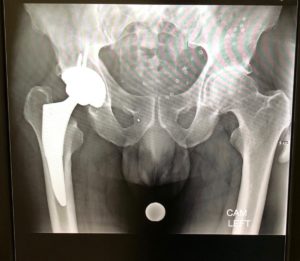It was a busy year for my voice and word business.
My voice work was entirely for Greek studios, typically for Greek corporate clients who want to extend the reach of their videos with an English voiceover, on their websites or for conference presentations. I have told the story of the development of an advanced attractant for mass-trapping the Mediterranean fruit fly, which attacks citrus crops; I have narrated a partly mythological history of one of Greece’s leading fruit canners (Kronos); I have promoted a special episode of a Greek celebrity-bullying reality show (that was fun!); etc. I often need to make adjustments to the scripts that bring them into conformity with standard English. I know the mistakes Greek translators typically make. In fact, I wrote a book about them (Better English Για Ελληνες, 2011), in Greek, with the help of two wonderful Greek colleagues.
Toward the end of 2017 I wrote a grant application in collaboration with a local group interested in enriching Battle-of-Bennington education in public schools in Bennington and throughout Vermont. The Bennington Museum was the official grantee. It was a $5,000 Federal Local Heritage grantthrough the Champlain Valley National Heritage Partnership, and we learned we’d won in January. I have written successful grants before, but this was the first time that I got to carry one out as Program Coordinator. I also got to edit a booklet of primary source accounts for teachers and students. A Battle curriculum at Mount Anthony Middle School culminated in a Battlefield visit (with all the fixings) in May and student projects, some of which were exhibited at the Bennington Museum in June. I got to do some classroom teaching myself, as one among a number of classroom presenters. I hadn’t been in an American 7th-grade classroom since 1962! The experience of working with dedicated public school teachers and expert presenters was a good one, and the students got engaged in Battle study across the academic spectrum.
I was honored to be asked to supply a one-page article on the Battle of Bennington for the Battle Day parade programpublished by the Bennington Banner(complete with portraits of all our volunteer firefighters). I told the stirring story in several dense columns. I was tickled to learn that my concluding remarks about the firefighters (“they are a kind of militia without muskets, volunteers who muster for training and are always ready to respond to alarms”) were read out to them by my Battle colleague Jonah Spivak when they gathered after the parade.
I also did some promotional writingfor new clients. The Bennington Chamber of Commerce hired me to write portraits of most of the towns of Bennington County for their annual Shires Area Guide. I learned a lot and came away appreciating the many great things this area has to offer both residents and visitors. I seem to like playing Cicero for both groups. The Area Guideis free and widely distributed. The new one arrives in May; last year’s is still in the racks.
By coincidence, my longtime and very talented design collaborator Leslie Noyes recommended my writing services to a new print magazine about the Berkshires, BerkshiresCalendar.com, and I have now written two issues “all by myself,” as children say. It’s the print incarnation of the Berkshire Edge, an on-line guide to what’s happening in western Massachusetts and contiguous areas. But the magazine is its own thing, 64 pages, 10,000 words, including word-portraits of nine Berkshire towns and some Berkshires-without-borders day-trip destinations (including Bennington County – the Shires, in Chamber-speak – in the fall issue). Suffice it to say that there’s a lot going on in the Berkshires.


In addition to the town portraits and news of cultural happenings, I’ve written some features as well – on orchards, dogs, and rail trails in the most recent issue. It’s a good gig! Educational, remunerative, and I get to write about exhibitions at the Clark, plays at Shakespeare & Company, and the locally sourced customers at Joe’s Diner in Lee. And interview Chuck Wandrei, who has worked at Jaeschke’s Orchards in Adams for 50 years, and who says of apples, “Anybody can grow the damn things; the trick is to sell ‘em.” Next issue: May-July, and I’m working on it now.
In the summer I reissued “Robert Frost in Bennington County” in a new, improved edition, with color on the inside and more pages. The first edition had sold out. I had to visit Frost’s grave four or five times to get a new shot in late afternoon light. Leslie Noyes designed both the original and the revised version. If you’re going to print anything these days, it had better look good, and she made it look beautiful.

At end of the year, there was Robert Frost again. A man named Ken Nicholson, a retired teacher from Arlington, contacted me in response to a news item about my Frost booklet. He told me he knew the story behind Frost’s “To a Young Wretch,” a charming poem about the theft of a young spruce for use as a Christmas tree that Frost had printed for his Christmas card in 1937. I said I’d write up the story for the Banner. My account came out the day before Christmas and the following day on VTDigger.
https://www.benningtonbanner.com/stories/whose-woods-these-were-he-did-not-know,559825?
The “wretch’s” daughter had supplied me with a snapshot of her father as a boy, looking mighty cute.

The Banner published the story “above the fold” (“VICTORY OVER JAPAN,” quipped Amelia). Between the two outlets, it’s been shared more than 1,000 times on Facebook. And it also unearthed the wretch’s then 7-year-old accomplice, now 87, whose own story appeared in a Banner sequel.
I also contribute occasional letters to the editor of the Banner, in a vitriolic mode. First there was Trump and his proposal to arm teachers. Then there was the Chairman of the Manchester GOP (I called him “a small-time Republican bigwig”) dissing Michelle Obama. I thought he might return my fire, but he seems to have retreated into the woods like a damned Tory.
Happy (belated) New Year!

 with enough of a common cultural past to induce member states to give up some of their sovereignty in order, for one thing, to stand up to the other economic heavyweights of the world – and also not to fight each other any more. Former French president Giscard d’Estaing spoke of the “Dream of Europe. Let us imagine a continent at peace, freed of its barriers and obstacles, where history and geography are finally reconciled.”
with enough of a common cultural past to induce member states to give up some of their sovereignty in order, for one thing, to stand up to the other economic heavyweights of the world – and also not to fight each other any more. Former French president Giscard d’Estaing spoke of the “Dream of Europe. Let us imagine a continent at peace, freed of its barriers and obstacles, where history and geography are finally reconciled.”